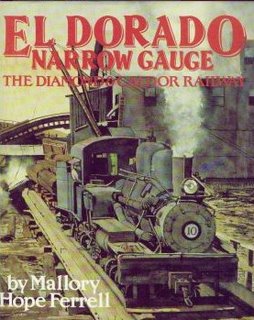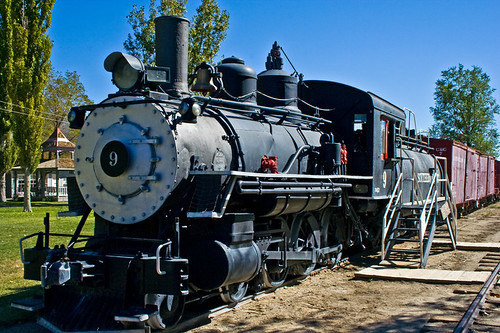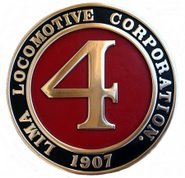 I think the high price of gasoline has infected the world of railroad booksellers. Only the seller missed the message that the per barrel cost has dropped significantly.
I think the high price of gasoline has infected the world of railroad booksellers. Only the seller missed the message that the per barrel cost has dropped significantly.Unfortunately, the seller of the latest copy of El Dorado Narrow Gauge, the quintessential text on the Diamond and Caldor Railway, may be able to demand such an exorbitant sale price.
Last year we tracked two copies of the copy of the Mallory Hope Ferrell classic that sold for $110 and $130 each on eBay.com.
This copy appeared today on eBay. The seller is using the "Buy it Now" feature to sell the book.
He's asking $175. Like the inflated gas prices of last summer, this is a take-it-or-leave-it sale.
If you want the book, you must pay at the pump or wait for the price to come down. Of course, you risk loosing the book, a rare piece in the world of short line railroads.
The on-line sale ends November 13, 2008, unless a collector buys it before that date.
It's difficult to predict how high the book will go. It wouldn't surprise me if someone pumps out the full price.




